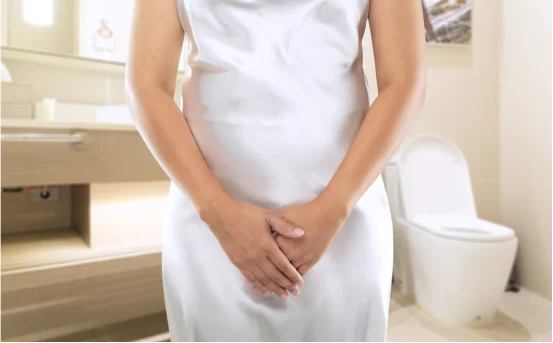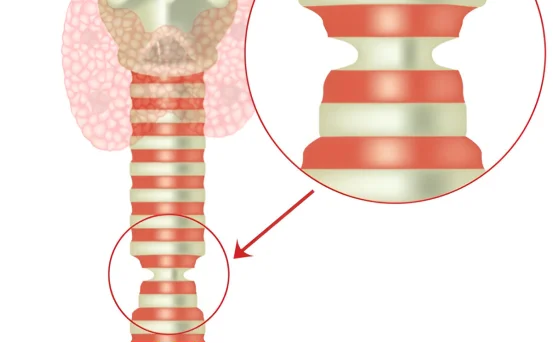Causes of ureteral reimplantation is a surgical procedure primarily performed to correct abnormalities in the ureters the tubes that carry urine from the kidneys to the bladder. This surgery involves repositioning the ureters so they enter the bladder at a more suitable angle, thereby preventing backward flow of urine or resolving obstructions. Though the procedure is relatively common in pediatric urology, adults may also require it under certain conditions.
Ureteral reimplantation is a specialized urology procedure that involves repositioning one or both ureters into the bladder to ensure proper urine flow and prevent complications such as vesicoureteral reflux (VUR) or ureteral obstruction. Though most commonly performed in children with congenital urinary tract abnormalities, this surgery can also be necessary in adults due to injuries, strictures, or other acquired conditions.
What is Ureteral Reimplantation?
Ureteral reimplantation involves repositioning one or both ureters to ensure proper urinary drainage and function. This surgical technique is commonly used to treat vesicoureteral reflux (VUR) and ureteral obstruction. The goal is to prevent urine from flowing backward into the kidneys or resolve anatomical abnormalities that hinder urine flow.
Depending on the patient’s condition, the procedure may be done using open surgery, laparoscopic methods, or robotic-assisted technology.
Major Causes of Ureteral Reimplantation
Ureteral reimplantation is performed to address a variety of medical conditions. These can be broadly classified into congenital (present at birth) and acquired (developed later in life) causes.
Vesicoureteral Reflux (VUR) – The Most Common Cause
Vesicoureteral reflux is the most frequent reason for ureteral reimplantation, especially in children. VUR occurs when urine flows backward from the bladder into the ureters and even up to the kidneys. This abnormal reflux is typically caused by a developmental defect in the ureter’s insertion point into the bladder wall.
Why It Matters :-
-
VUR increases the risk of urinary tract infections (UTIs).
-
Recurrent infections can cause kidney damage over time.
-
High-grade VUR often necessitates surgical correction.
Common Signs :-
-
Frequent UTIs in children
-
Fever without a known cause
-
Foul-smelling or cloudy urine
Ureteral Obstruction
Ureteral obstruction refers to a blockage in the ureter that prevents urine from flowing freely from the kidneys to the bladder. This condition can result in hydronephrosis, or swelling of the kidneys due to urine buildup.
Causes of Obstruction :-
-
Congenital narrowing of the ureter (ureteral stricture)
-
Ureterocele a ballooning at the end of the ureter
-
Kinks or bends in the ureteral path
-
Scar tissue from previous surgeries
Reimplantation becomes necessary when the obstruction cannot be resolved with stents or less invasive techniques.
Ectopic Ureter
An ectopic ureter is one that does not connect properly to the bladder. Instead, it may attach to other parts of the urinary tract such as the urethra, vagina (in females), or prostate (in males).
Key Facts :-
-
Ectopic ureters are usually diagnosed in infants or young children.
-
They are more common in females.
-
Symptoms include incontinence, urinary dribbling, or recurrent UTIs.
Surgical correction through ureteral reimplantation helps restore normal urinary function.
Ureteral Duplication
Ureteral duplication is a condition where a person has two ureters draining a single kidney. Sometimes, the duplicated ureter may not function properly or may enter the bladder at an abnormal angle, leading to reflux or obstruction.
Implications :-
-
Increased risk of infections
-
Kidney damage
-
Urinary incontinence
Reimplantation is used to correct the placement and function of the affected ureters.
Trauma or Injury to the Ureter
In adults, ureteral reimplantation is sometimes required due to trauma or iatrogenic injury (accidental injury during surgery). For instance, during gynecologic, colorectal, or urologic surgeries, the ureter may be unintentionally damaged or severed.
When This Happens :-
-
The damaged segment may be removed.
-
The healthy end of the ureter is then reimplanted into the bladder.
This repair restores urinary flow and prevents complications such as urine leakage or infection.
Ureteral Strictures Due to Radiation or Infection
Ureteral strictures are narrowed segments of the ureter caused by :-
-
Radiation therapy for pelvic cancers
-
Chronic infections such as tuberculosis
-
Inflammatory conditions
These strictures can lead to partial or complete obstruction of urine flow, necessitating surgical correction through reimplantation.
Recurrent Urinary Tract Infections
In children and adults with repeated UTIs, the underlying cause may be abnormal ureteral placement or function. Persistent infections despite antibiotic treatment warrant further evaluation, and reimplantation may be advised to eliminate the root cause.
Ureteral Stones Leading to Structural Damage
In some rare cases, large or impacted kidney stones may lodge in the ureter, causing inflammation, strictures, or ureteral damage. If the ureter becomes irreparably damaged, it may need to be partially removed and reimplanted into the bladder.
When is Ureteral Reimplantation Recommended?
Ureteral reimplantation is not the first line of treatment in every case. Doctors typically begin with conservative or less invasive options, such as :-
-
Antibiotic prophylaxis
-
Ureteral stenting
-
Balloon dilation
-
Endoscopic injection therapy
However, surgery is recommended when :-
-
Conservative treatments fail
-
There is high-grade VUR or severe obstruction
-
Kidney function is at risk
-
The patient has recurrent infections despite antibiotics
Diagnosis: How Doctors Identify the Need for Reimplantation
Several imaging and diagnostic tests help identify issues requiring ureteral reimplantation :-
-
Ultrasound :- Detects hydronephrosis or ureteral dilation
-
Voiding cystourethrogram (VCUG) :- Confirms vesicoureteral reflux
-
MRI or CT urography :- Identifies anatomical abnormalities
-
Nuclear medicine scans :- Evaluate kidney function and drainage
-
Cystoscopy :- Direct visualization of the ureteral opening
Recovery After Ureteral Reimplantation
Recovery depends on the type of surgery (open, laparoscopic, or robotic). Typically :-
-
Hospital stay :- 1–3 days
-
Catheter or stent may be temporarily placed
-
Full recovery :- 2–4 weeks in most cases
-
Children recover more quickly than adults
Long-Term Outlook
Most patients, especially children, recover fully after ureteral reimplantation. The surgery significantly reduces the risk of UTIs, preserves kidney function, and improves quality of life. Post-operative monitoring may include periodic ultrasounds or urine tests to ensure proper function.
Conclusion
Ureteral reimplantation is a highly effective surgical solution for correcting structural or functional abnormalities in the ureters. The most common causes include vesicoureteral reflux, ureteral obstruction, ectopic ureter, and trauma, among others. Early diagnosis and treatment can prevent complications such as kidney damage or chronic infections.























